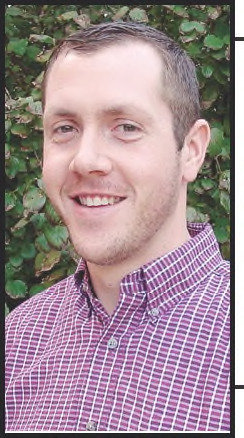Wiitthh ffiirrsstt ccuuttttiinngg bbeehhiinndd uuss aanndd wwaarrm wweeaatthheerr ssppeeeeddiinngg future yields. As a general rule, plan for a 32- to 35-day regrowth, it’s time to gear up for second cutting alfalfa. Summer heat often pushes plants to mature faster than expected, and cutting at the right stage can make or break your hay quality.
Ideally, second cutting should be harvested around early bud to 10%
bloom — especially if you’re aiming for dairy or high-quality beef hay. Waiting until full bloom might increase tonnage, but it usually comes at the cost of lower protein, higher fiber, and more leaf loss Leaves contain most of the digestible nutrients, and in summer heat, they can dry and shatter quickly if harvest is delayed.
While using a set number of days between cuttings can help with planning, relying on the calendar alone isn’t enough. Frequent cutting without regard to plant maturity can deplete root reserves, reduce stand longevity, and hurt future yields. As a general rule, plan for a 32- to 35-day interval in high-quality systems, or 40 to 45 days for higher- yielding systems — but always adjust based on actual plant growth in the field.
Second cutting also presents a good opportunity to support stand health. While crown damage risk is lower than in spring or fall, summer stress from heat or drought can still take a toll. Maintain a cutting height of around 3 inches to protect the crown and promote rapid regrowth. Using sharp blades and making clean cuts also helps minimize stubble damage and disease risk. Weed pressure can increase between cuttings, especially if canopy closure is slow. Pigweed, kochia, and volunteer grasses can rob nutrients and reduce forage quality. The period right after cutting is a good time to spot-spray broadleaf weeds with labeled herbicides — just be mindful of preharvest intervals and any crop rotation restrictions.
If irrigation is available, timing matters. Watering shortly after cutting supports regrowth and reduces stress. Avoid irrigating right before harvest, which can increase disease risk and delay curing.
Light, frequent irrigation is usually better than soaking the field during peak summer heat.
Don’t forget to scout for pests after cutting. Potato leafhoppers and aphids can move in fast and reduce yield on the next cutting. Leafhoppers, in particular, are common in Nebraska during July — especially in warm, dry conditions.
Stay focused on plant maturity, not just the calendar. With timely harvest, weed control, and pest management, your second cutting can deliver excellent quality and set your stand up for strong production the rest of the seasor
Ben Beckman is a beef systems Extension Educator in northeast Nebraska. He is based in the Cedar Comity Extension office in Hartington. You can reach him by phone: (402) 254-6821 or email: [email protected]

.jpg)








